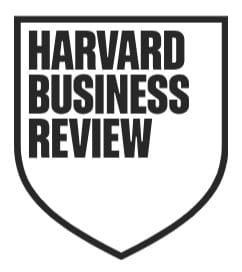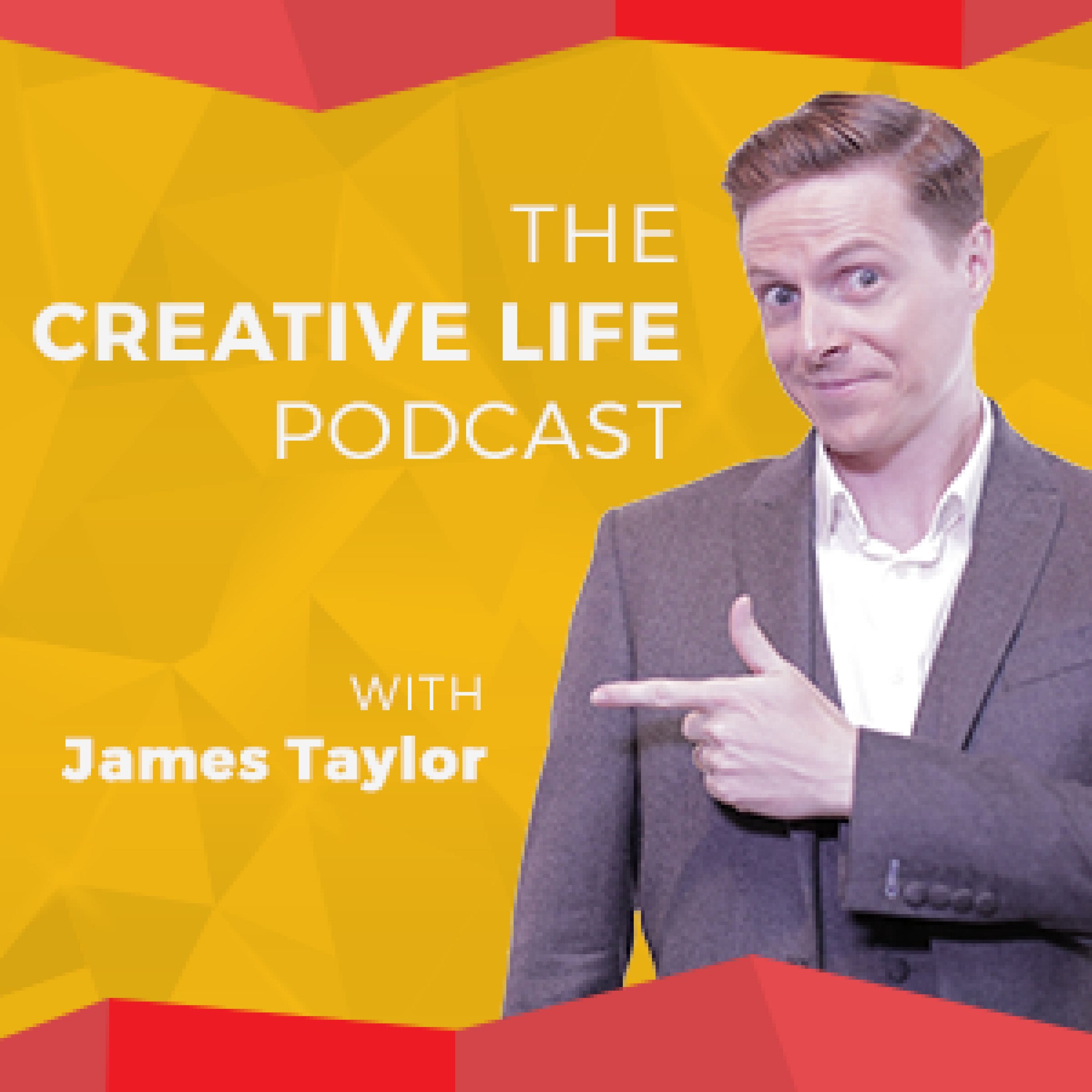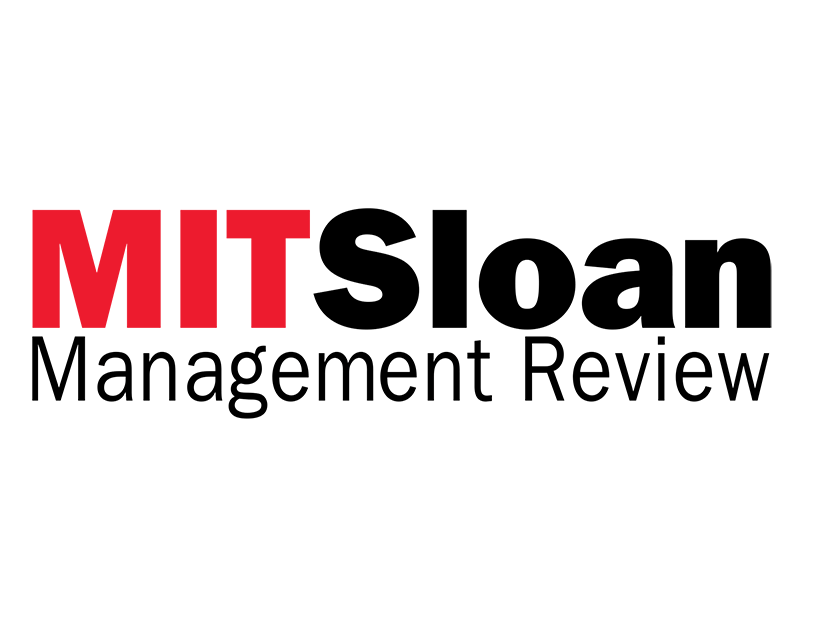Videos
Learn More About Gary Pisano
Growth. It’s the most important issue on the minds of CEOs and senior executives at organizations in every industry around the world. And yet, we know very little about how to drive, manage, and sustain profitable growth. How fast can a company really grow profitably? How does rapid growth impact a company’s culture? How can organizations find new avenues for growth? And when is it best to grow through acquisition versus organically? Gary Pisano, Ph.D., a leading scholar and authority on innovation, strategy, and operations, has spent the last five years undertaking research on corporate growth and he’s helping leaders put his insights to work.
The Harry E. Figgie Professor of Business Administration at Harvard Business School, Pisano advises senior executives at many of the world’s largest corporations and works with a number of startups. Perhaps best known for his work on the commercialization of science, competitiveness in manufacturing and strategy, Pisano’s latest research reveals how large organizations can practice innovation at scale. In his highly acclaimed book, “Creative Construction: The DNA of Sustained Innovation” (Public Affairs, January 2019) and his Clayton M. Christensen Prize and McKinsey Award-winning Harvard Business Review article, “The Hard Truth About Innovative Cultures,” Pisano challenges the myth that large enterprises cannot be transformative innovators, doomed to be disrupted by more nimble startups. On the contrary, Pisano says: Big businesses and fast-growing companies can master what he calls “creative construction” – and he provides the real-world, pragmatic advice and principles for how to leverage the benefits of scale for innovation. In 2019, “Creative Construction” won the Strategy + Business Best Business Book award in the strategy category.
This is why Pisano is such a sought after and relied-upon advisor: He combines practical experience with deep research to provide genuine, actionable insights and guidance to make change happen. A gifted speaker, researcher, author, advisor, board member, entrepreneur and teacher, Pisano is an authoritative voice and agenda-setting commentator on the trends impacting business and leadership – spanning knowledge creation, organizational learning, business model design, decision making, operating growth strategies, and the future of jobs and talent in the age of algorithms and machines. He is also the Executive Partner and Chief Strategist at Flagship Pioneering.
Unique in his breadth of knowledge, Pisano examines each theme through multiple lenses and levels of analysis, from the individual to companies and countries. He has authored nearly 100 articles and case studies on leading corporations, such as Amazon, BMW, IBM, Merck, Pfizer, and Virgin Group, and numerous books – including “Science Business: The Promise, the Reality, and the Future of Biotech” (HBR Press, 2006) and “Producing Prosperity: Why America Needs a Manufacturing Renaissance” (HBR Press, 2012).
Pisano earned his bachelor’s degree in economics from Yale University, and his doctorate in business administration from University of California, Berkley.
Gary Pisano is available to advise your organization via virtual and in-person consulting meetings, interactive workshops and customized keynotes through the exclusive representation of Stern Speakers & Advisors, a division of Stern Strategy Group®.
Innovating at Scale: How Large Enterprises Can Master Creative Construction
More than ever before, economic progress is guided by creative destruction. Companies innovate or die. Conventional wisdom says only small, nimble startups are true innovators. Gary Pisano challenges the widely held belief that large enterprises are doomed to be disrupted, and offers leaders of large and fast-growing companies practical advice and principles for how to leverage the benefits of scale in innovation, a process he terms “creative construction.”
Drawing from his book, “Creative Construction” (2019), Pisano addresses the challenges and opportunities big companies face in the innovation game. He also discusses how large firms can create a strategy that focuses on the future while minding the present, and how to foster a culture that allows innovation to thrive. And if they don’t succeed, Pisano contends that it likely has little to do with scale and much to do with management and leadership.
Managing the Machines: A New Organizational Model for Our Technological Age
It is indeed the age of algorithms. The question is no longer will machine learning and artificial intelligence change business as we know it. Now, it’s how do corporations change their organizational models to make the most of technology.
It wasn’t long ago that machines automated tasks. Today, they’re automating learning. And that is profoundly reshaping companies’ approach to talent and organizational learning. Average is no longer good enough, says Gary Pisano. Instead, there’s an increasing demand for the exceptional. Companies need superstars to pick up where machines leave off – to manage what algorithms cannot. He discusses how business leaders must transition from the organizational learning model of the past – centered on managing people – toward one focused on managing machines.
The Myths and Makings of Growth
Shareholders demand it; business media and “the street” closely watch the companies driving it; and executives seek out gurus to help engineer it. Growth is the #1 mandate for all businesses, big and small. And yet, there’s little written and known about growth – how to predict it, manage it or maintain it.
Pisano busts the myth of small company dynamism vs. big company lethargy, proving that growth rates have no correlation with size. He also introduces his growth framework – the first in the academic field of business management – and helps business leaders put it to work. And he asks – and helps answer – the questions on the minds of senior leaders: When is growth harmful or helpful? When has a company grown too large for its own good? Pisano unpacks decades of experience analyzing the decisions and paths of companies ranging from Amazon to Virgin, revealing the decisions that fostered, and are now sustaining, their growth.
You Need an Innovation Strategy: 3 Pivotal Questions You Must Ask & Answer
Why is successful innovation so hard? It’s not because of failure to execute; the problem is lack of innovation strategy, believes Gary Pisano. Drawing from his popular Harvard Business Review article, “You Need an Innovation Strategy,” Pisano outlines the process, starting with a clear understanding and articulation of specific objectives. He characterizes the four categories of innovation and delves deep into the three pivotal questions a robust innovation strategy must answer:
- How will innovation create value for potential customers?
- How will the company capture a share of the value its innovations generate?
- What types of innovations will create and capture value, and what resources are needed?
Because innovation cuts across functions, only senior leaders can determine the right innovation recipe and set the strategy, says Pisano. And “like the process of innovation itself, an innovation strategy involves continual experimentation, learning and adaptation.”
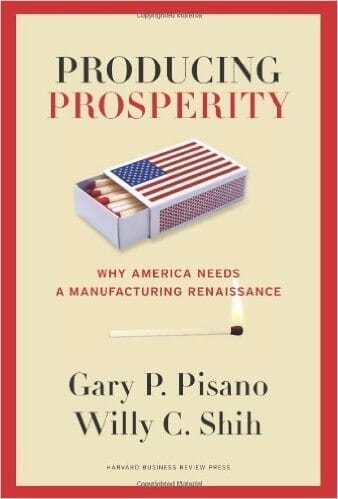
Producing Prosperity: Why America Needs a Manufacturing Renaissance
(Harvard Business Review Press, October 2012)
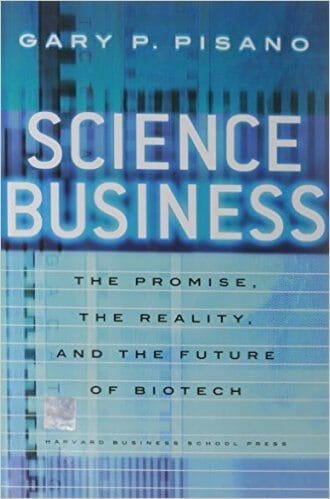
Science Business: The Promise, the Reality and the Future of Biotech
(Harvard Business School Press, November 2006)

The Development Factory: Unlocking the Potential of Process Innovation
(Harvard Business Review Press, November 1996)

Long-Term Firm Growth: An Empirical Analysis of US Manufacturers 1959-2015
(Laboratory of Economics and Management, May 2019)
The economist Joseph Schumpeter said companies sow the seeds of their own “creative destruction”—and lose their original purpose—when they innovate. Not so, writes Pisano (Business Administration/Harvard Business School; Science Business: The Promise, the Reality, and the Future of Biotech, 2006, etc.). In this deeply informed book, he describes how large enterprises can succeed at transformative innovation by “systematically creating an innovation strategy, designing an innovation system, and building an innovation culture.” He goes on, “big does not always mean ugly. Scale alone is not an impediment to innovative capacity.” Nor is acquisition the only road to growth. Even so, innovation is hard work, “akin to renovating a home while living in it.” The key is leadership prepared to “exploit” scale; size and age matter far less. Drawing on research and his own consulting experiences, Pisano explains how companies from IBM to Apple have innovated successfully by building their capabilities, identifying unmet customer needs, and working in familiar or unknown terrain, or both, to achieve goals. Driven by his use of vivid examples, the narrative covers the types of innovation, from routine (ready-to-eat salad) to outside the home court (Honda creates HondaJet) to disruptive business model (Uber v. traditional taxis); details what goes into them; and urges companies to pursue a balanced portfolio of approaches. Especially valuable is the author’s discussion of problems faced by multidivisional companies whose expertise is dispersed in independent silos that prevent them from bringing ideas together to exploit opportunities. Sony, for example, was a consumer electronics leader but lacked capacity for integrating its existing knowledge; Apple beat it in developing portable electronic devices. Pisano also examines DuPont’s invention of Kevlar, intended as a solution to a tire problem but most effective in stopping a bullet. “Kevlar, it turns out, is a great solution to many problems, just not the particular problem DuPont was focused on solving,” he writes. A useful manual for fostering a sustainable culture of change.
“Gary is a passionate, knowledgeable, humorous and persuasive speaker. His preparation for the talk was excellent, as evidenced by his ability to make high-level concepts deeply relevant to my audience’s industry niche. He engaged the group in a way that led them to think differently about manufacturing strategy and competitiveness – which perfectly set the stage for the rest of the event. I would highly recommend Professor Pisano for groups of any size or focus.”










